 Abraham Lincoln
If given the truth, the people can be depended upon to meet any national crisis...
Abraham Lincoln
If given the truth, the people can be depended upon to meet any national crisis...
 Guildford news...
for Guildford people, brought to you by Guildford reporters - Guildford's own news service
Guildford news...
for Guildford people, brought to you by Guildford reporters - Guildford's own news service
Birdwatcher’s Diary No.204
Published on: 27 Mar, 2020
Updated on: 26 Mar, 2020
By Malcolm Fincham
March 1, introduced the first meteorological day of spring and a promising one it was too. Several bumble bees could be seen dancing around the cherry blossom on my garden tree in the bright morning sunlight.
Inspiring enough, it set my friend Bob and I on a walk around a few of the various Surrey heathland areas. The quest was the hope of sighting our first woodlarks of the year.
Although there had been reports by other local birdwatchers that some woodlarks had recently been heard in song, it wasn’t to be our day.
However, Dartford warblers showed well in the sunshine, perched up in the bushes.
Stonechats now pairing up, occasionally showed well, perched on top of the gorse.
A few tiny goldcrests had also survived the mild winter in good numbers and could be seen flitting around in the pines, feeding on insects.
And the great grey shrike mentioned in my previous report, continued to reside on Frensham Common.
At the Riverside Nature Reserve, near Burpham, a bat had been tempted out of hibernation by a mild spell of weather on March 7. It could be seen flying around over Stoke Lake in daylight, catching insects.
Some of the long-tailed tits had now paired up and were starting to weave their intricate nests.
While counting at least five chiffchaffs around the reserve, with a few making their repetitive song.
It didn’t take long before the rain returned. This unfortunately coincided with the opportunity of my wife and I to get away for a few days to the Welsh borders, in the town of Oswestry in Shropshire, during the second week of March.
With my wife doing the driving, it gave me chance to do some casual birdwatching along the way. The sight of red kites was especially of interest, having once been persecuted to the brink of extinction throughout the UK, with just a few pairs in Wales.
It has always been a delight, that with much help in recent years, they can now be seen in such good numbers.
It was indeed of great delectation to count 78 as we drove along the M40 corridor.
An unsettled week of weather during our stay didn’t help with the drop in water levels there. Although they had receded quite substantially from what they had been in previous weeks.
Shropshire was one of the many counties to the north and west of Surrey that had borne the brunt of the continuous inclement weather we had all been enduring over the preceding months.
It wasn’t all doom and gloom, however, and a few bright spells made me grateful that I had sneaked a few of my cameras on board to record a brief synopsis of some of my sightings there.
As luck had it, and previously unknown to me, within a few hundred metres from where we were staying there was a quarry to investigate.
The usual sound of jackdaws could be heard echoing around its walls on my arrival.
To my surprise, a common buzzard flew out from its perch on the cliff-face, giving me an opportunistic shot of it as it took flight.
My interest was soon overtaken by a call I immediately recognised. A sound emanating from the cliff-face at the far end of the excavation.
A peregrine falcon could be heard, calling across to its mate, as it perched from a crevice on the far side of the workings.
My main interest was that I had found a pair of resident peregrines who had made the surrounding rocks their home.
Wishing not to disturb them in the knowledge that their breeding season was soon to begin, if not already started, as I have been keeping up to date with live footage of the Woking pair.
Keeping myself a good distance from them, I watched as they continued their duties, often nipping out for a take-away meal of their choosing.
Often flying past overhead as they returned to the quarry with their own particular choice of quarry.
On one particularly grey and drizzly afternoon, I was intrigued when I detected some movement among the scattered rocks, low down at the far end of the excavation works.
My interest was intensified when I realised it was longer and sleeker than the occasional rabbit I had seen there. At first dismissing it as a white plastic bag, or paper being being blown around in the wind, I soon realised it appeared more solid in form and committed in movement.
“Surely not!” I thought, as it poked what appeared to be its head above a rock?
Having only seen one before in pure white ermine coat while visiting Speyside in the Scottish Highlands, I was reluctant to admit to myself what I was seeing.
Taking a few record shots in the hope to convince myself, I confirmed it to be as thought, a stoat still partly in its winter ermine coat.
While reports of brimstone butterflies emerging from hibernation in the Surrey area, on March 11 there was little sign of spring erupting. Although experiencing a few sunny spells, temperatures remained cool during our stay in Shropshire, with no hope of a butterfly sighting there.
It wasn’t until March 16, on our return to Guildford that I saw my first brimstone “on the wing” at Shamley Green.
I added my first peacock butterfly a few days later.
Back at the Riverside Nature Reserve, near Burpham a few sprigs of cuckoo-flower, also commonly known as lady’s smock’, was starting to come into bloom.
An essential larval food plant for the strikingly coloured orange-tip butterfly, that will, hopefully, emerge in just a few week’s time.
A pair of common buzzards circled overhead, joined briefly by a red kite, and a great-spotted woodpecker was “drumming” in a nearby tree.
Several grey wagtails could now be seen, noticeably paired up, males notable by their black bibs.
Tucked away under the sallows and the grassy clumps, still partly submerged by water, a few teal could still be viewed.
A fox sat motionless, partly hidden behind a mound of grass.
While wrens, now reportedly our most common UK bird, could be heard and seen calling in numerous areas around the reserve.
For much of the last century the spring equinox has occurred on March 20 or 21. This year, however, the equinox happened on the 19th The last time spring arrived this early was in 1896!
A good omen perhaps as at long last the weather began to settle?
Revisiting Frensham again on March 23, saw no further sign of the great grey shrike. But it did reveal my first woodlark of the year, as it perched up on a dead branch, singing.
Rising up into the sky from the heather beyond it, a skylark also came into view.
While a few stonechats could be viewed along the way.
The warmth of the afternoon sun was enough to set a nest of wood ants into action, climbing en-mass up a fence-panel, while many more scurried around on the ground below.
While a small patch of wood anemones could be seen in flower.
Arriving at Frensham Little Pond was the highlight of the day. Sand martins! Our first sighting of summer-visiting birds this year!
Counting well over 40 as the hawked insects, quite high up, over the water.
There have now been reports of a few other summer migrants starting to arrive on our shores. On my permitted daily walk, during the coronavirus crisis, I’m hoping to get some local pictures of many of them and feature them in my next report.
Responses to Birdwatcher’s Diary No.204
Leave a Comment Cancel reply
Please see our comments policy. All comments are moderated and may take time to appear. Full names, or at least initial and surname, must be given.
Click on cartoon for Dragon story: Public Asked for Views on SCC’s Proposal for Reduced Speed Limits



Recent Articles
- SCC Calls on the Government To Protect the Environment
- Two-Week Road Closure on Portsmouth Road for Gas Network Upgrade
- Charlotteville Cycling Club Organises Another Successful Race Event
- Waverley Council To Bring Green Space Maintenance In-house
- A New Dementia Centre for Guildford
- Lib Dems Easily Hold Three Council Seats in Surrey By-elections
- UK Students to Launch International Space Mission
- New Skate Park Proposed for Cranleigh
- Retrofit Planned for Guildford Office Building
- Museum Shines a Light on Victorian Send, Ripley and Pyrford



Recent Comments
- Richard Cooke on Letter: Snail-paced Progress for Full Weir Repair
- Bethan Moore on Guildford’s First “Bike Bus”
- Andy Friend-Smith on Guildford’s First “Bike Bus”
- Peter Mills on Guildford’s First “Bike Bus”
- Des Flanders on Making History As Pewley School’s Class of ’54 Hold Their Final Reunion
- Margaret Rotherham on Guildford Festival Burst with Colour, Culture and Community Spirit
Search in Site
Media Gallery
Dragon Interview: Local Artist Leaves Her Mark At One of England’s Most Historic Buildings
January 21, 2023 / No Comment / Read MoreDragon Interview: Lib Dem Planning Chair: ‘Current Policy Doesn’t Work for Local People’
January 19, 2023 / No Comment / Read MoreA3 Tunnel in Guildford ‘Necessary’ for New Homes, Says Guildford’s MP
January 10, 2023 / No Comment / Read More‘Madness’ for London Road Scheme to Go Ahead Against ‘Huge Opposition’, Says SCC Leader
January 6, 2023 / No Comment / Read MoreCouncillor’s Son Starts Campaign for More Consultation on North Street Plan
December 30, 2022 / No Comment / Read MoreCounty Council Climbs Down Over London Road Works – Further ‘Engagement’ Period Announced
December 14, 2022 / No Comment / Read MoreDragon Interview: GBC Reaction to the Government’s Expected Decision to Relax Housing Targets
December 7, 2022 / No Comment / Read MoreHow Can Our Town Centre Businesses Recover? Watch the Shop Front Debate
May 18, 2020 / No Comment / Read More





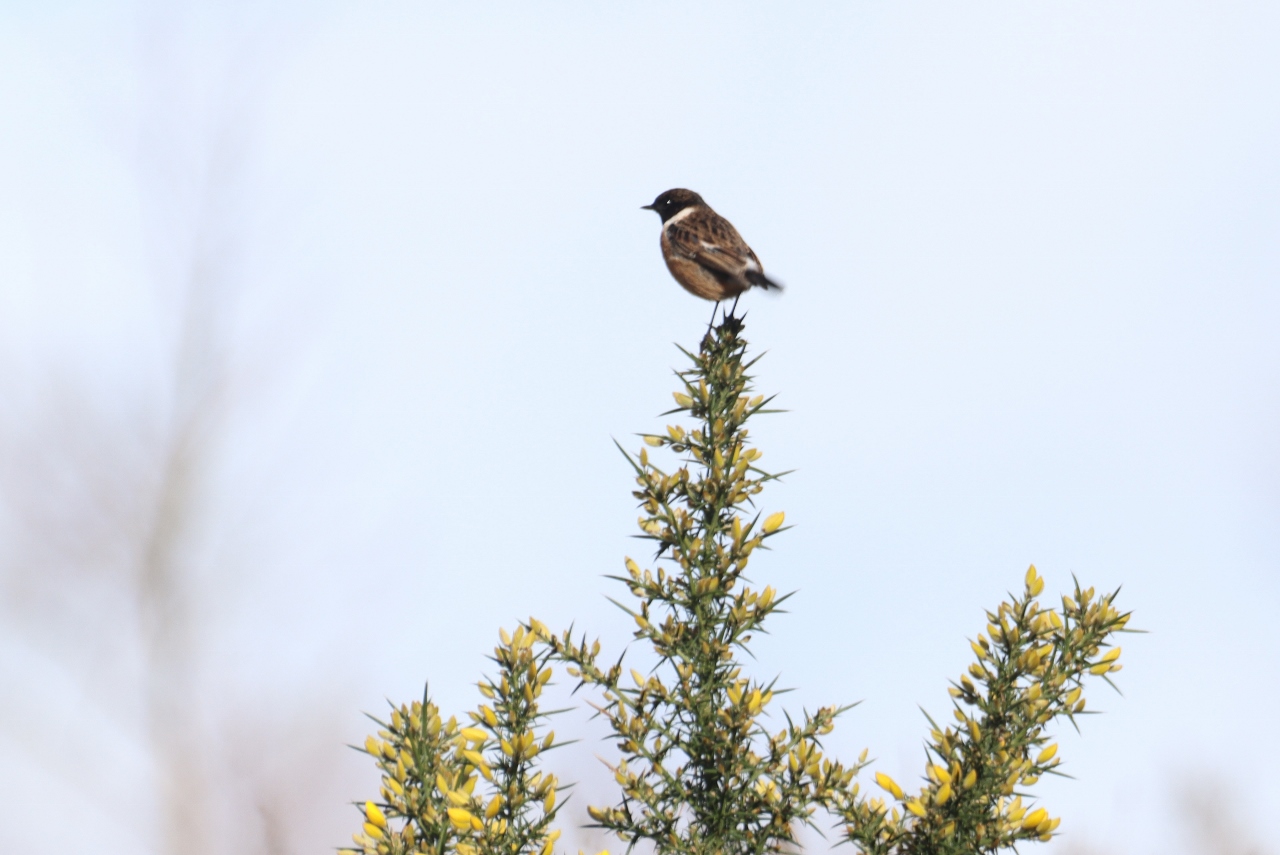
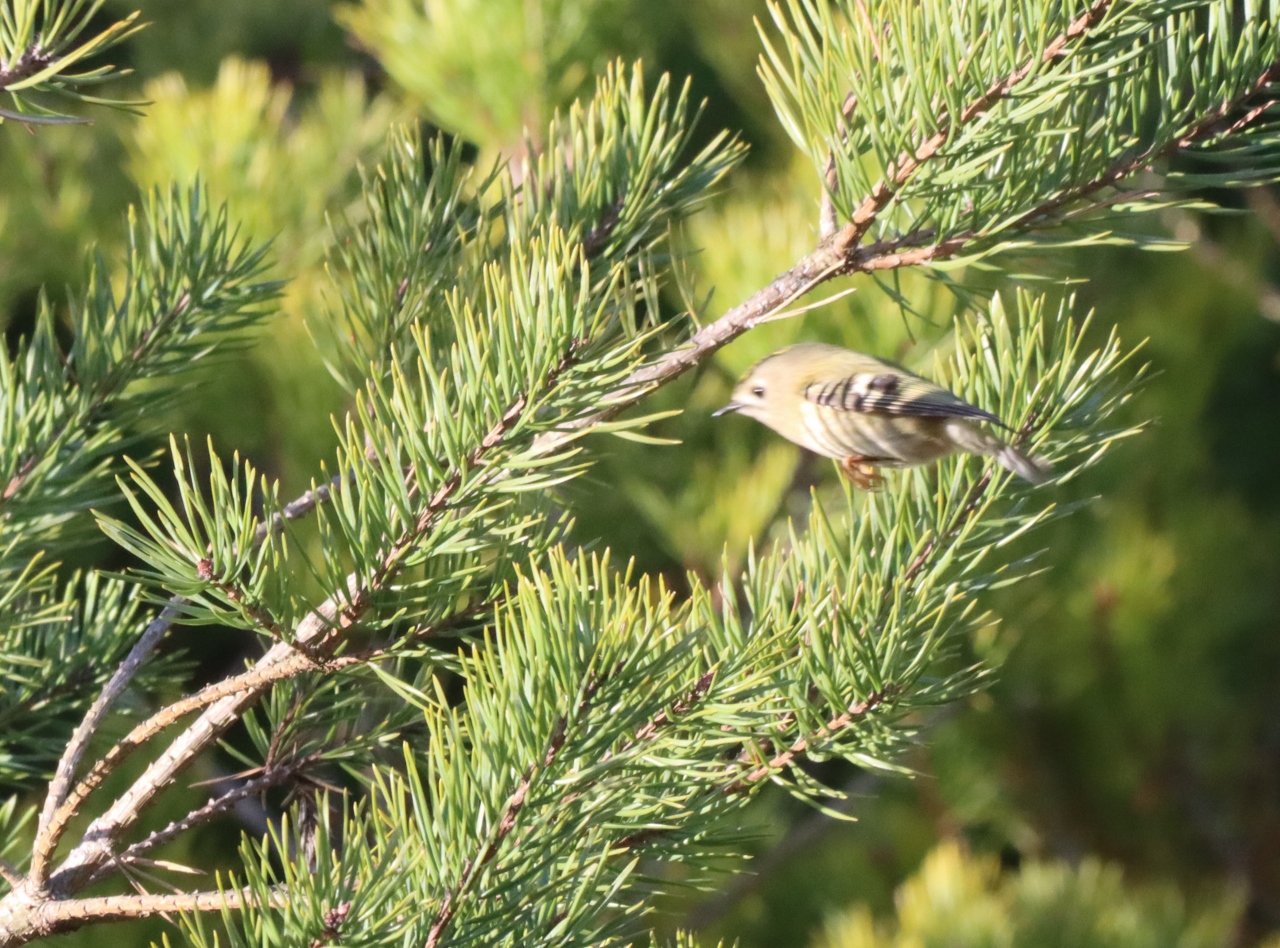


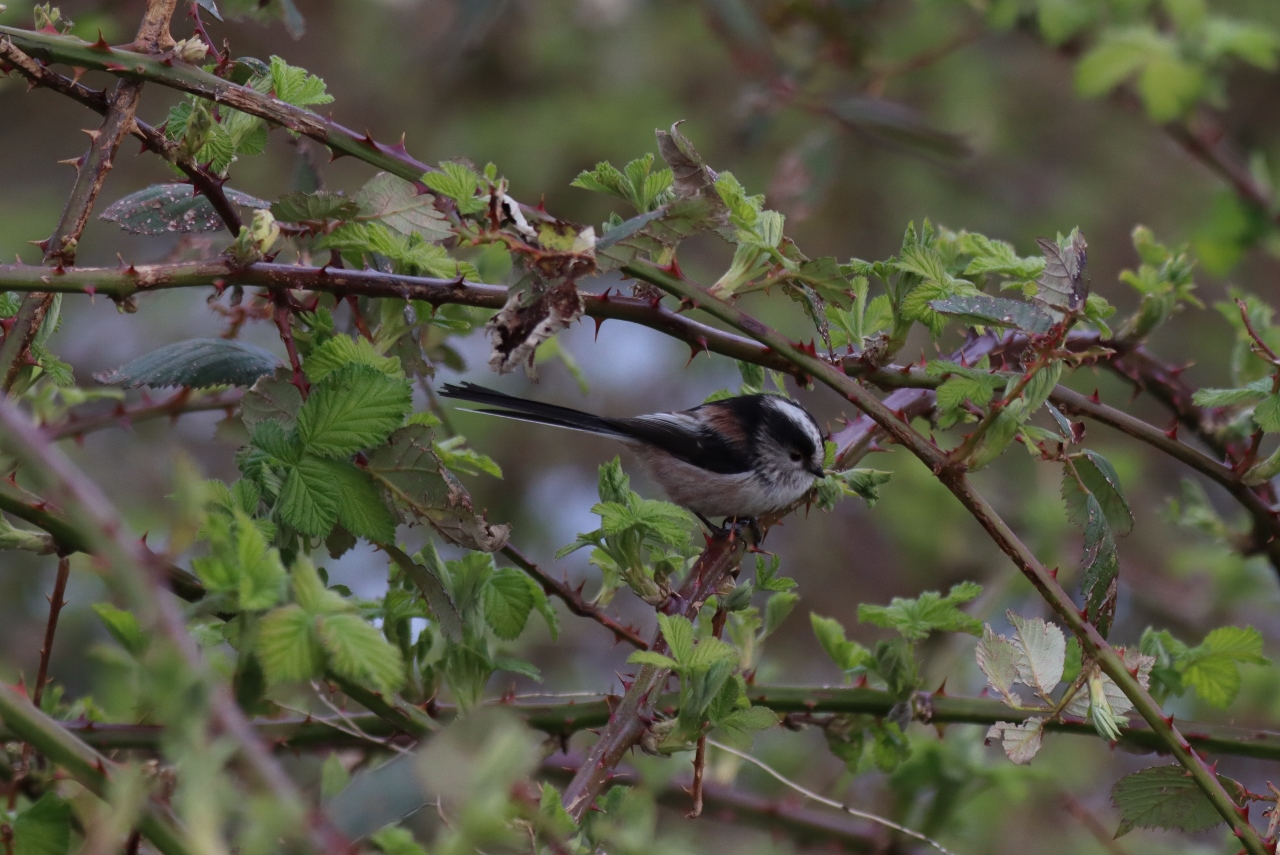





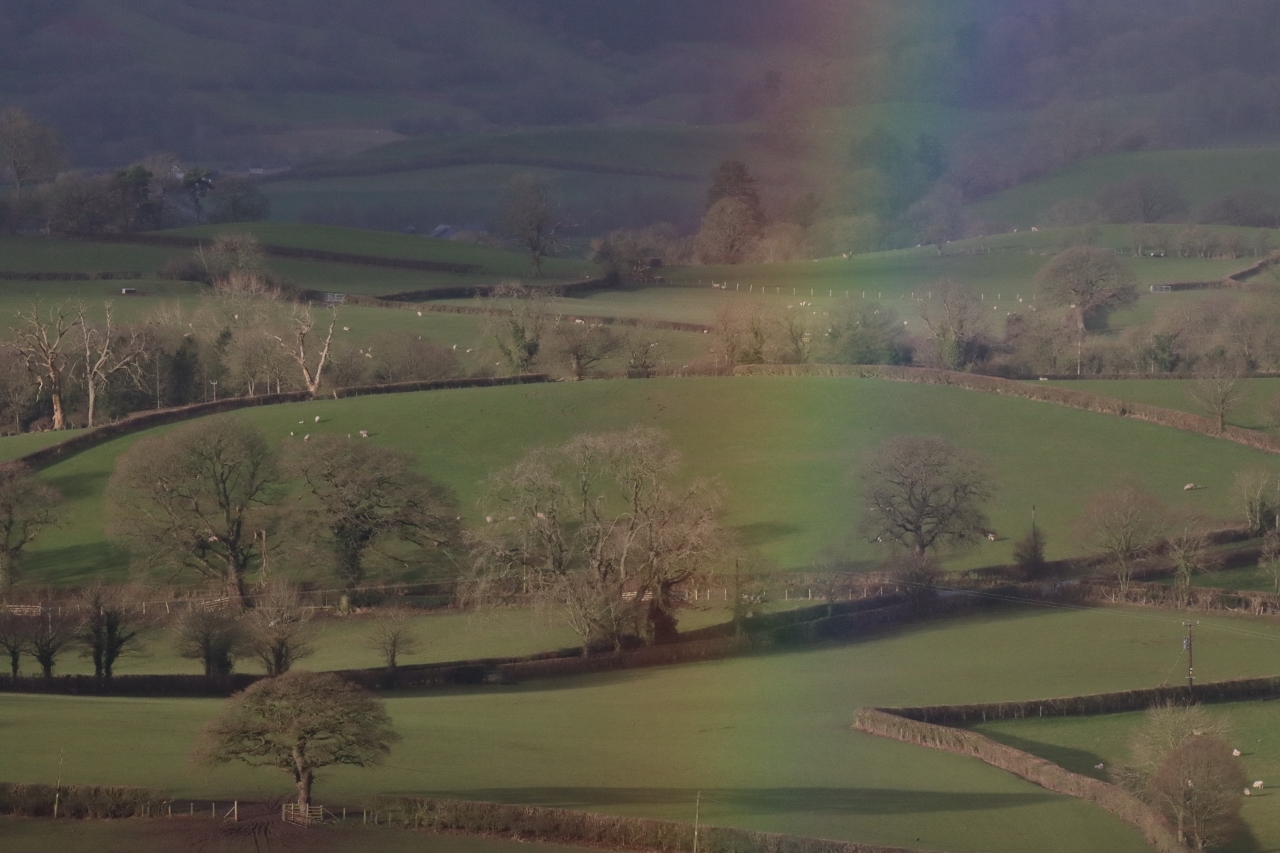
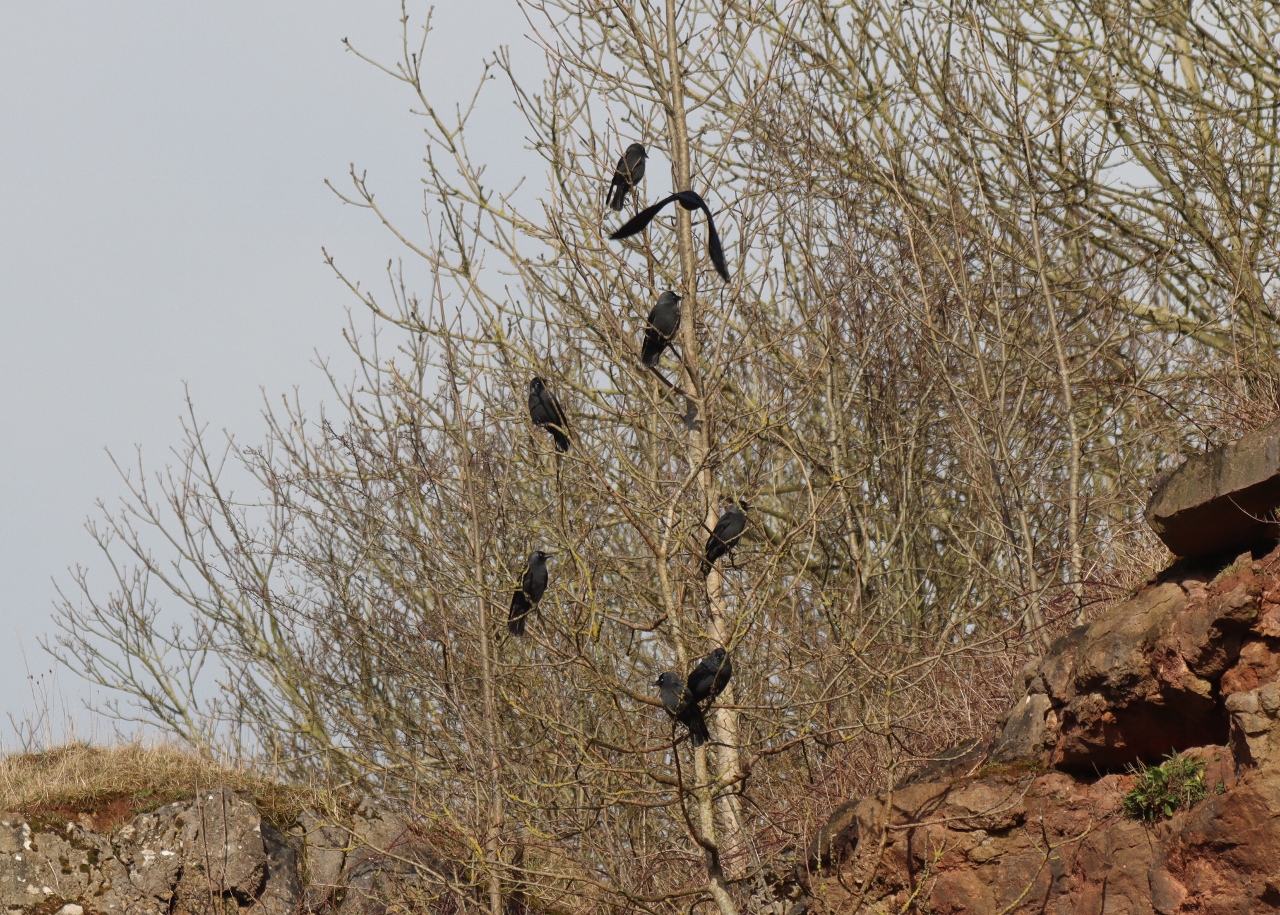
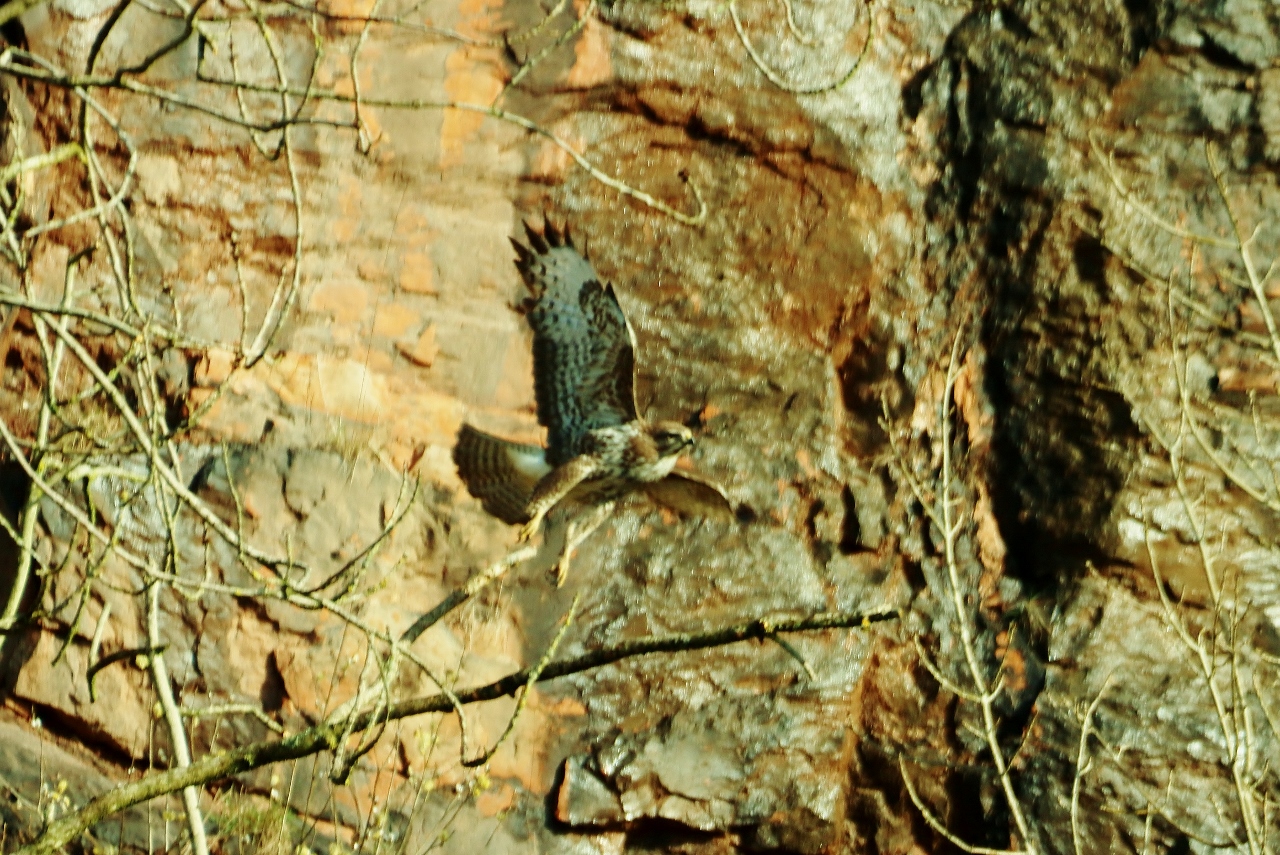
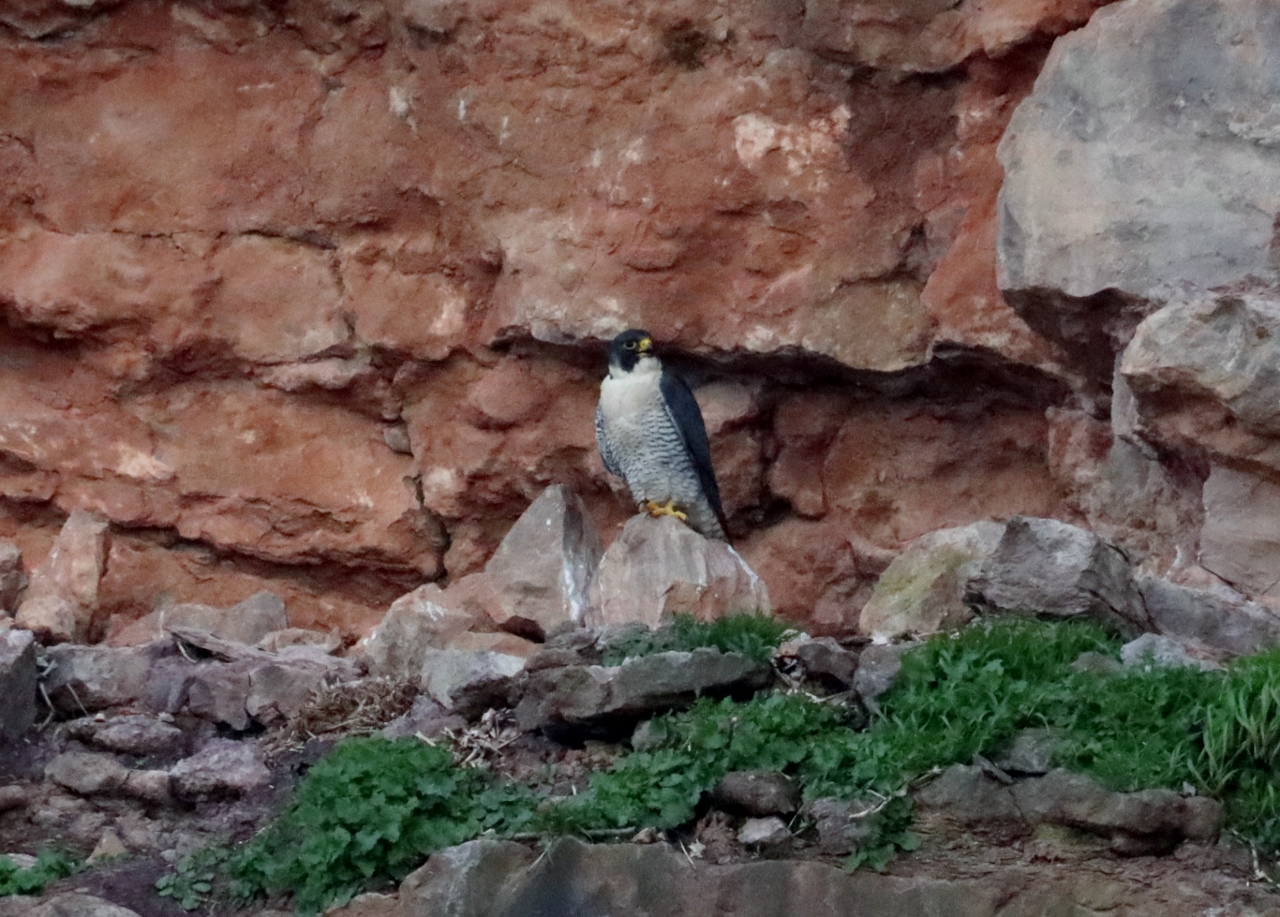
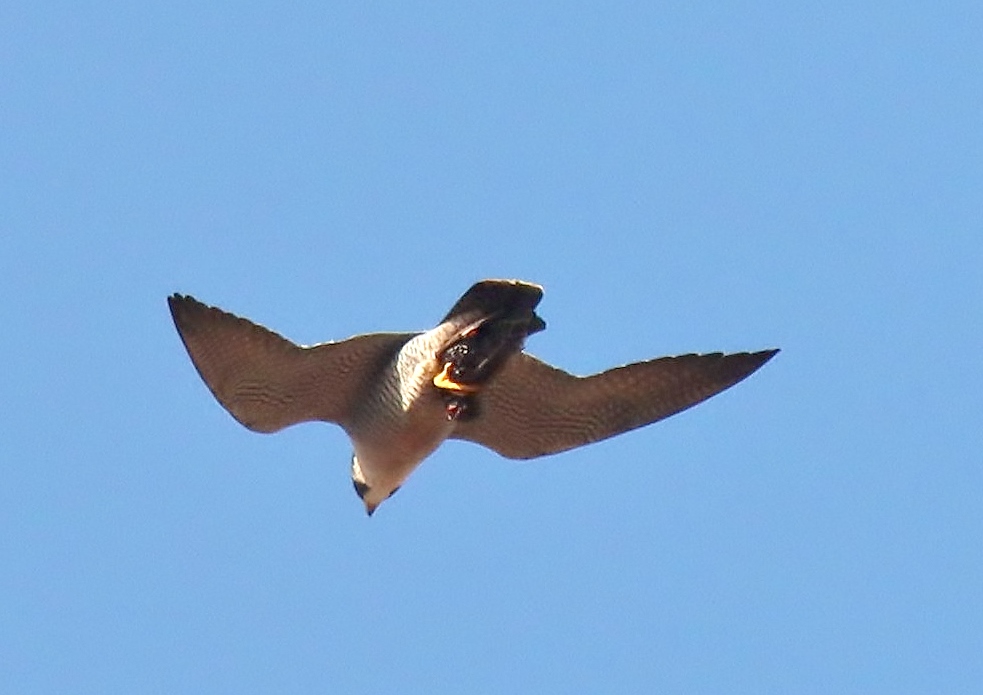
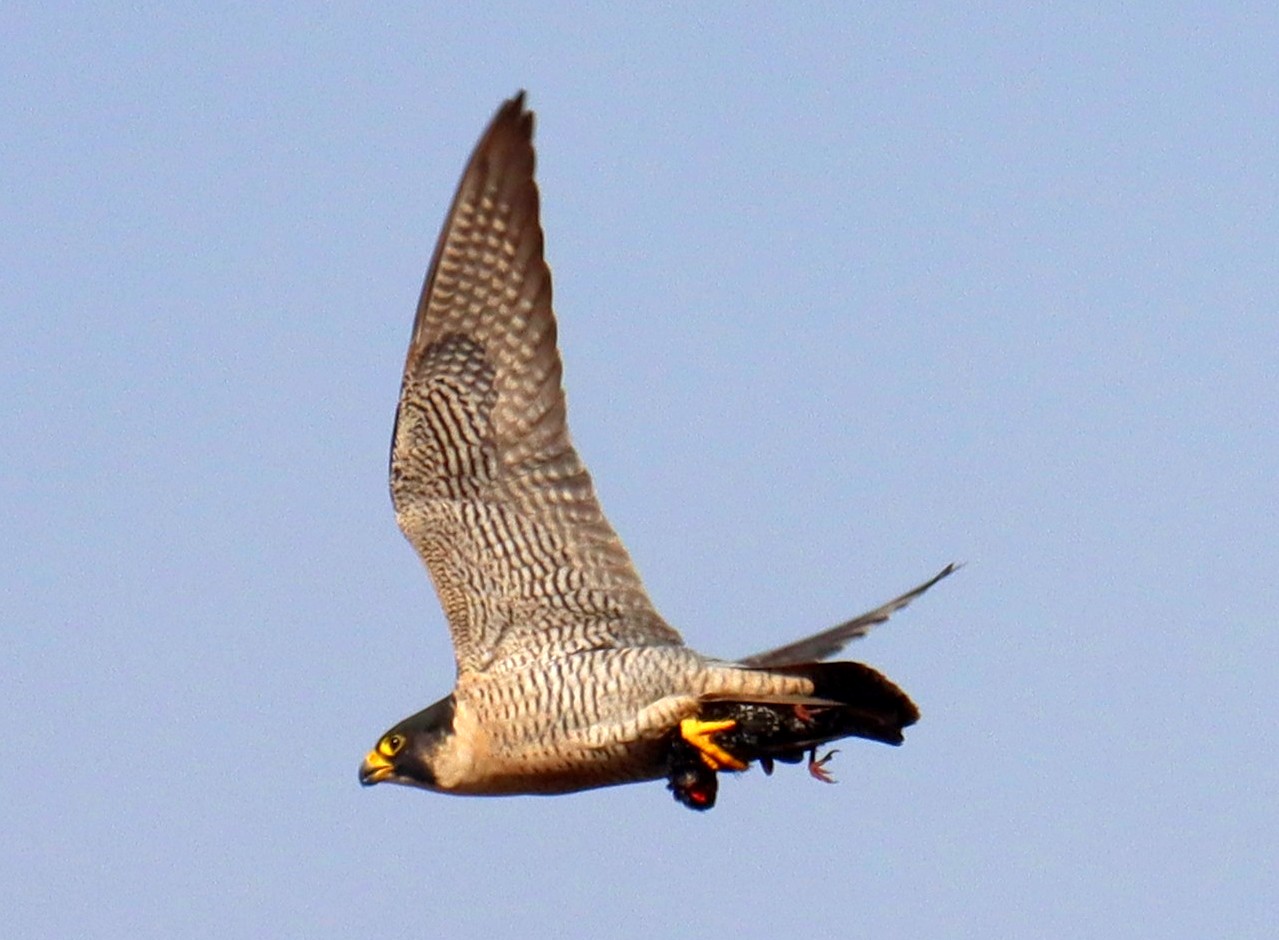
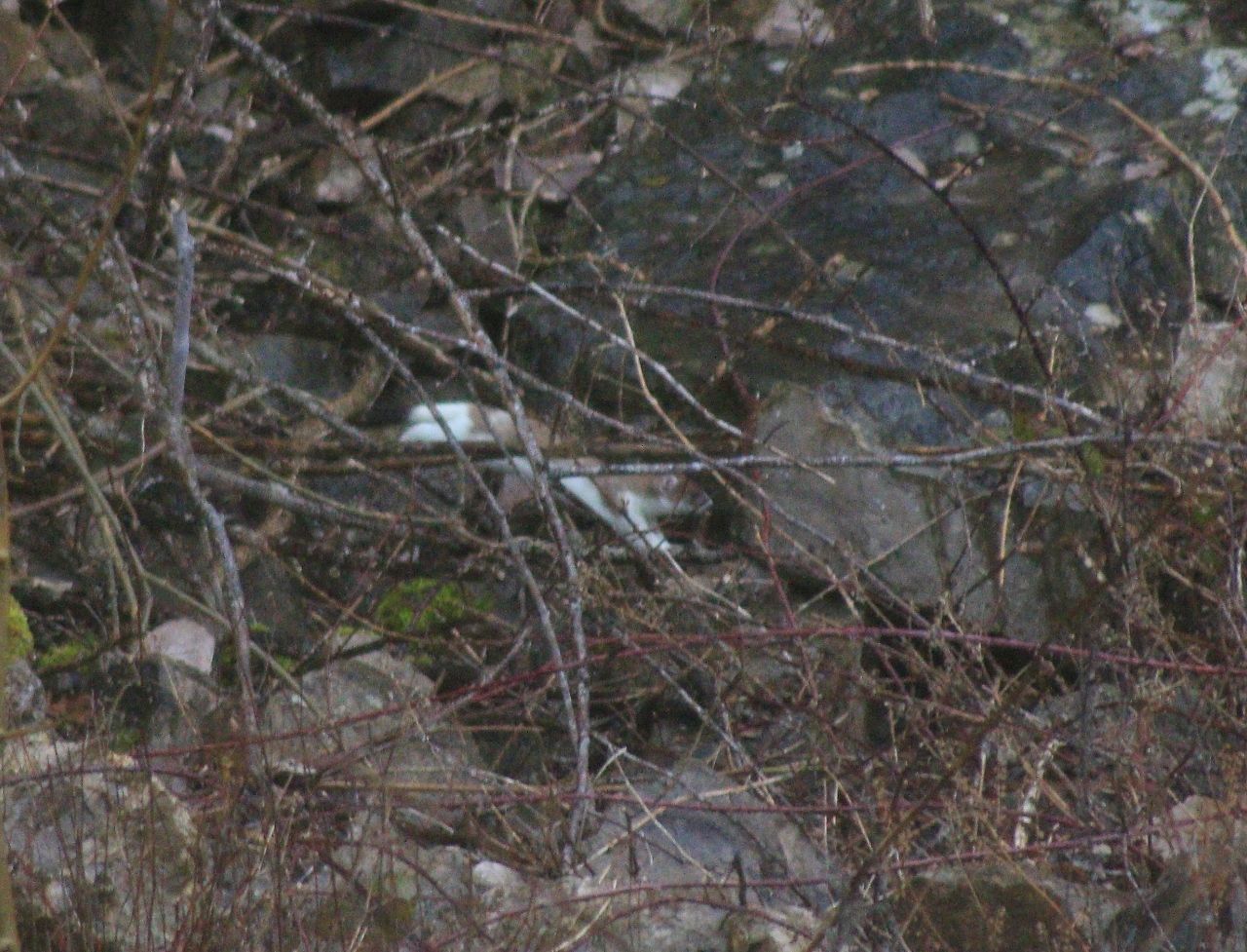
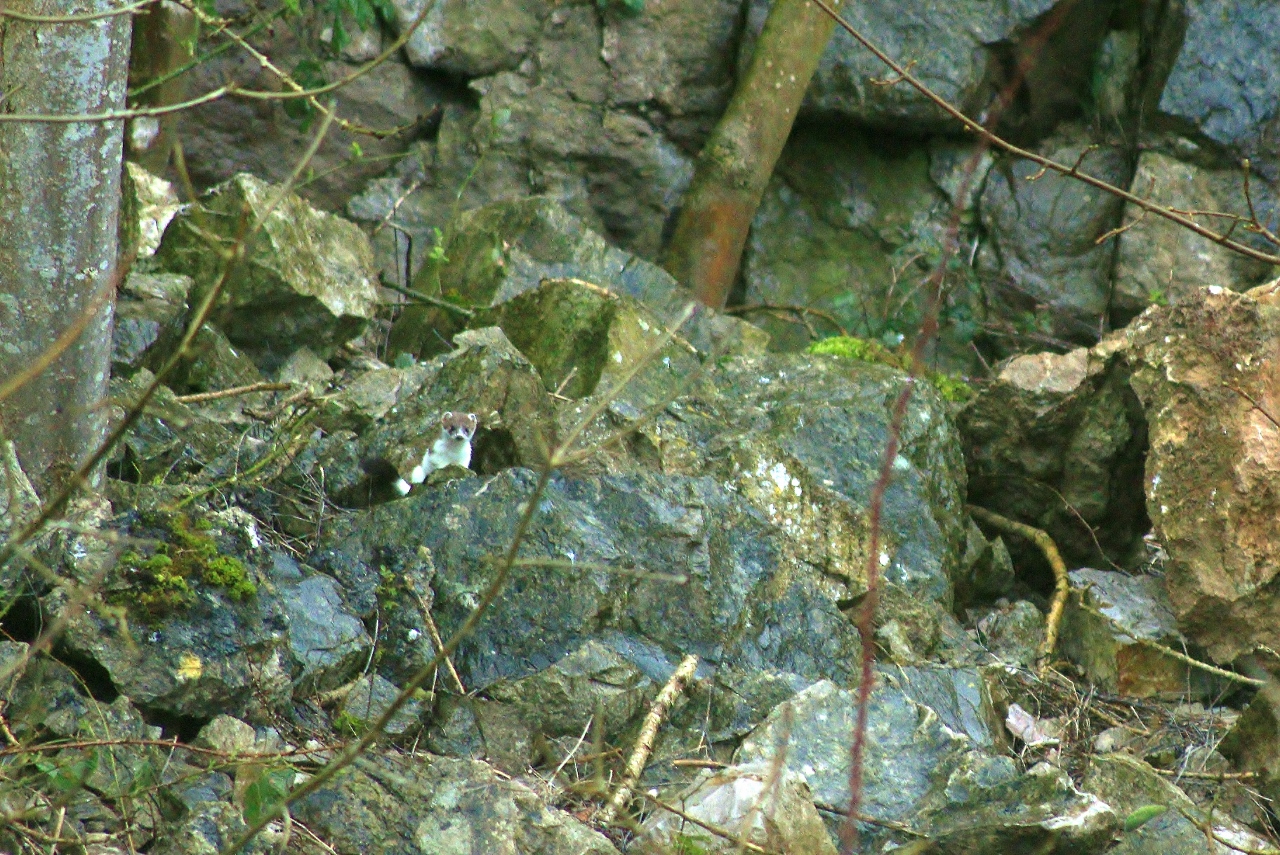
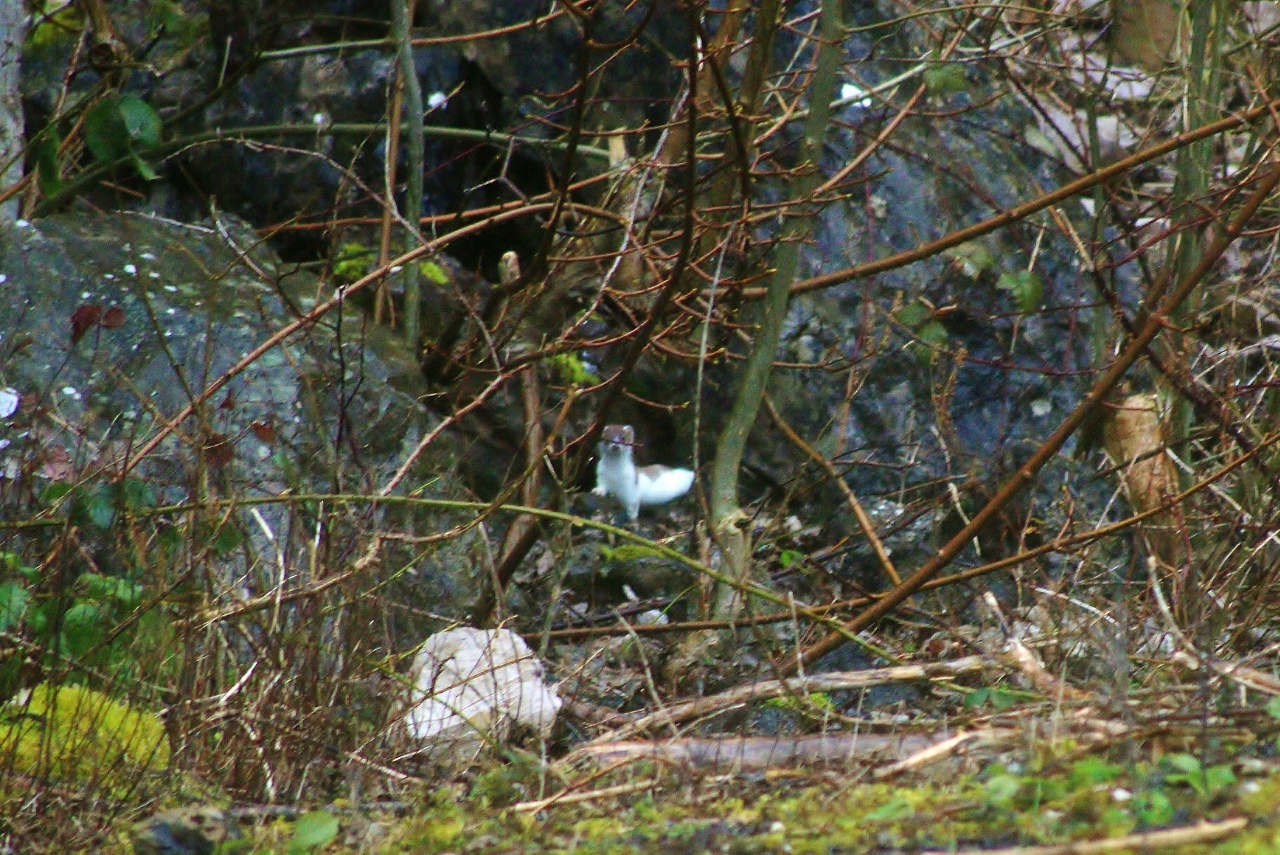
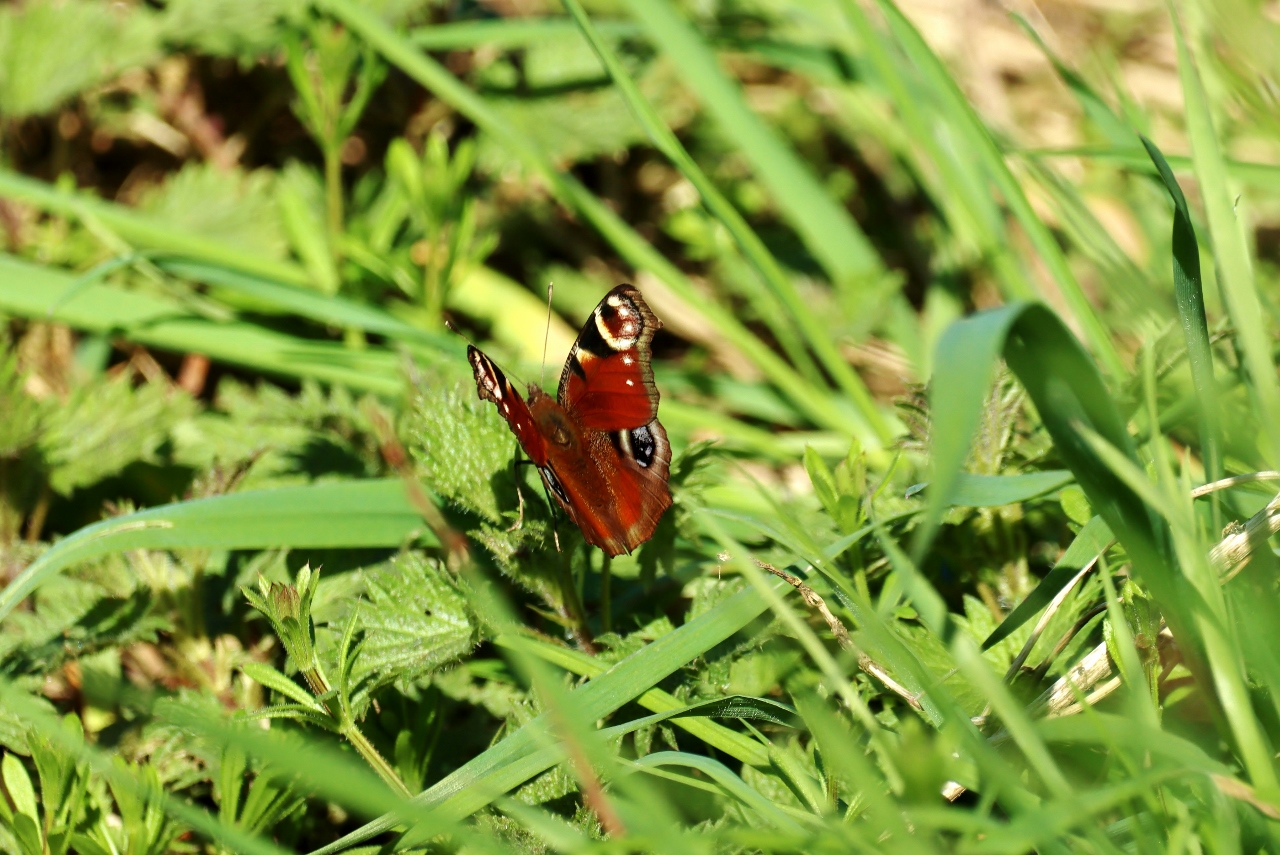




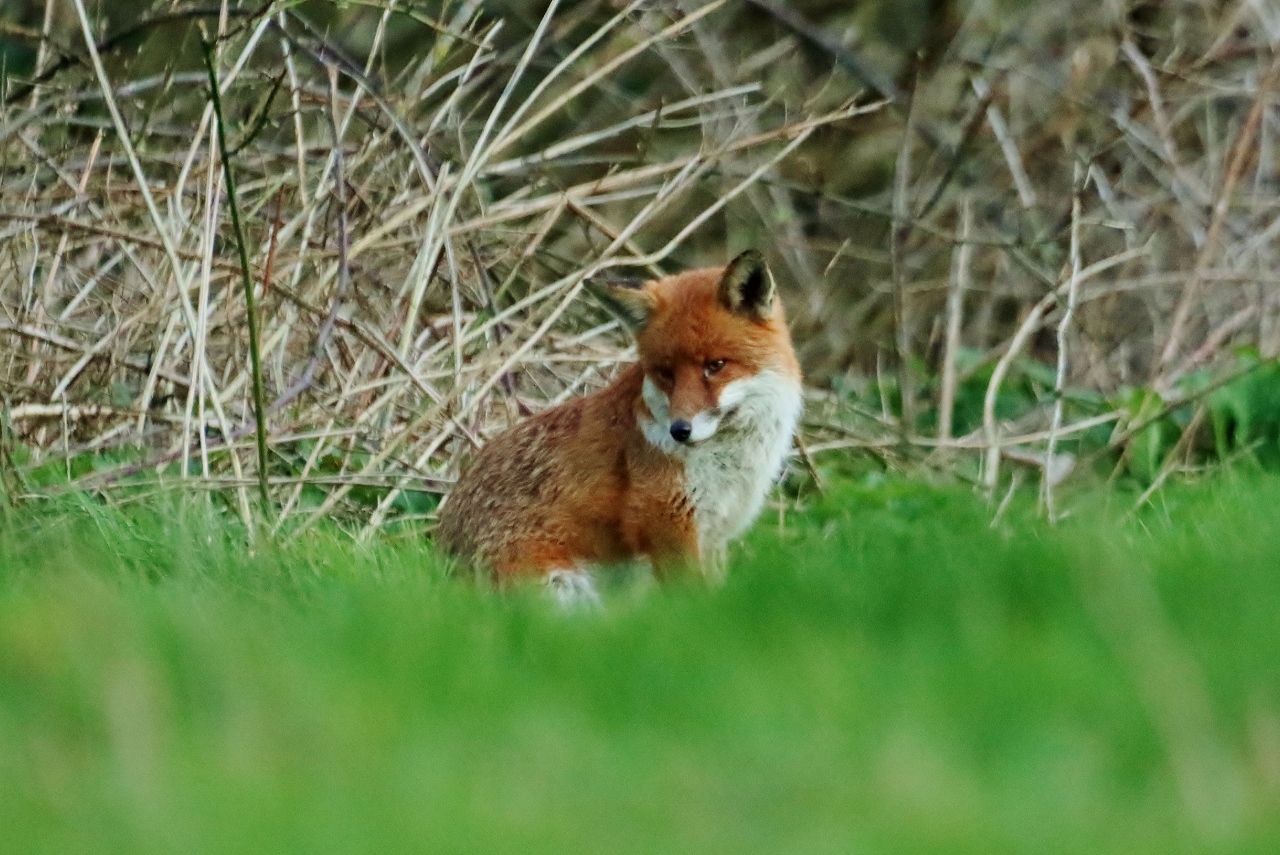


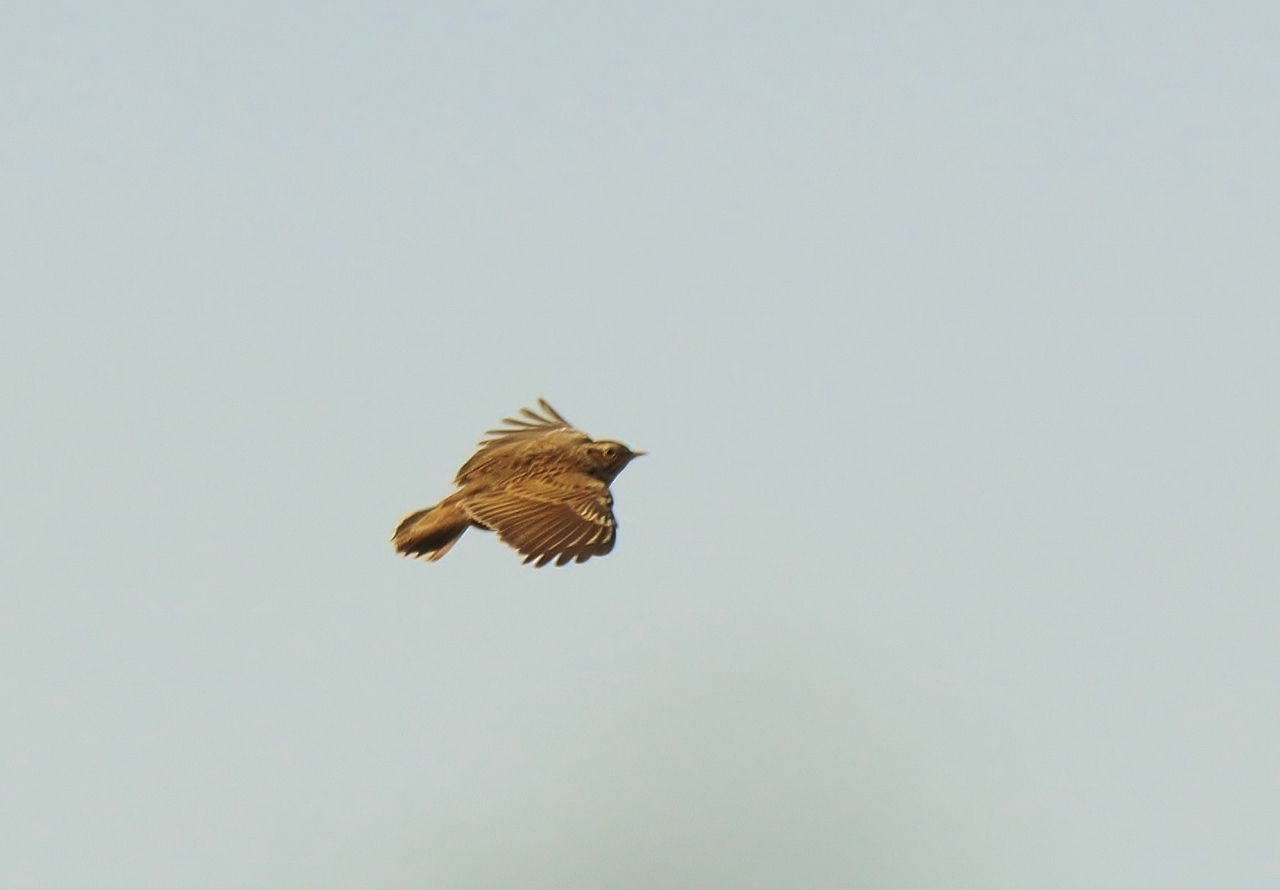
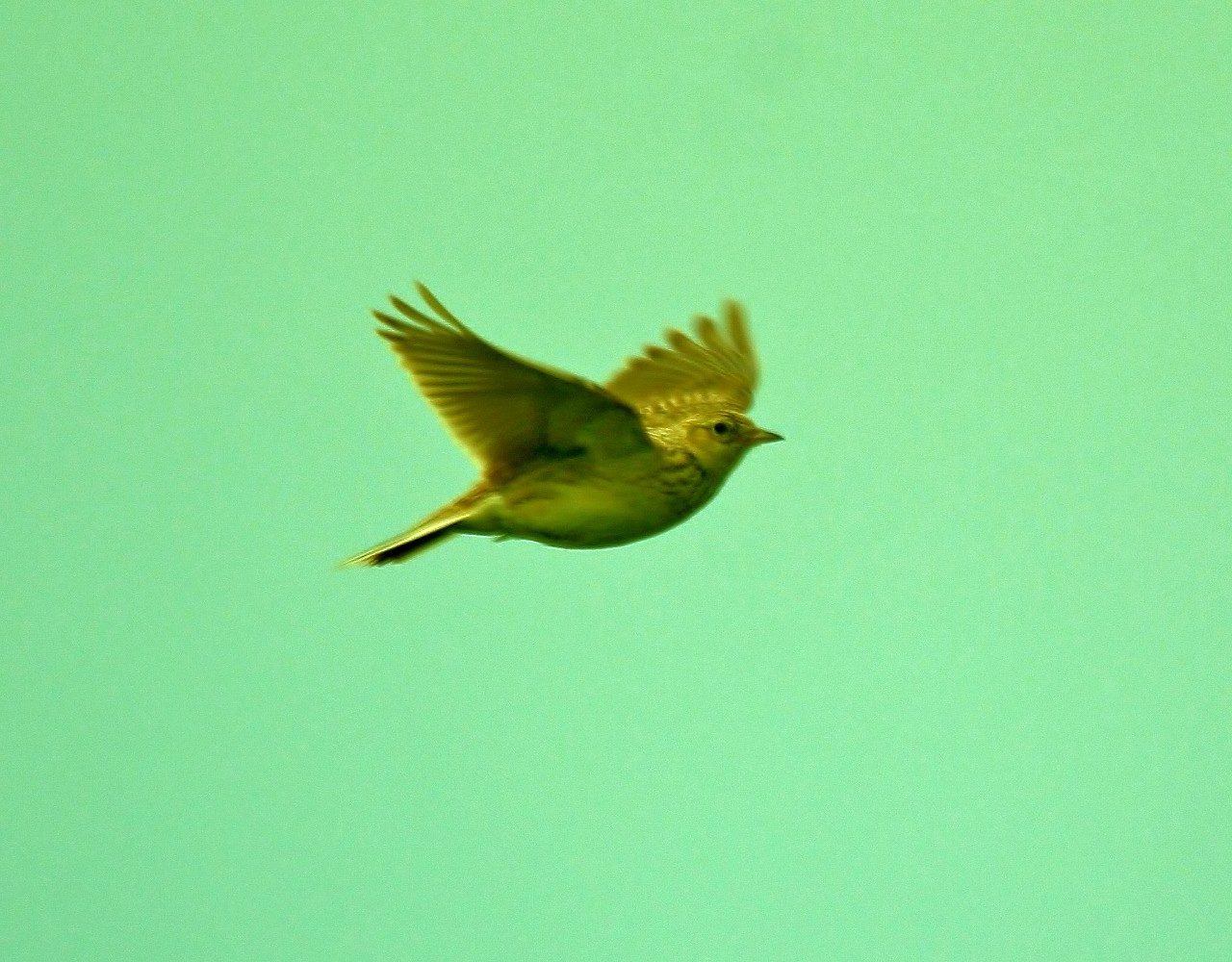

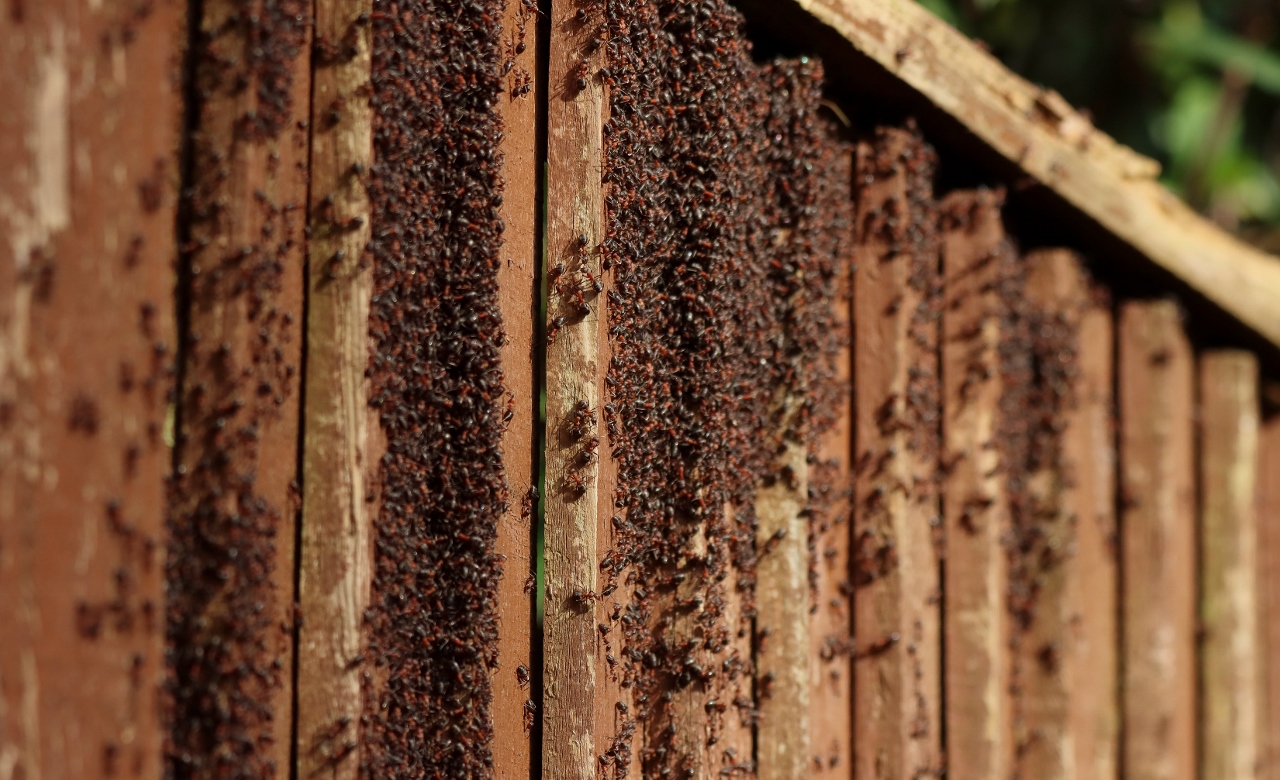
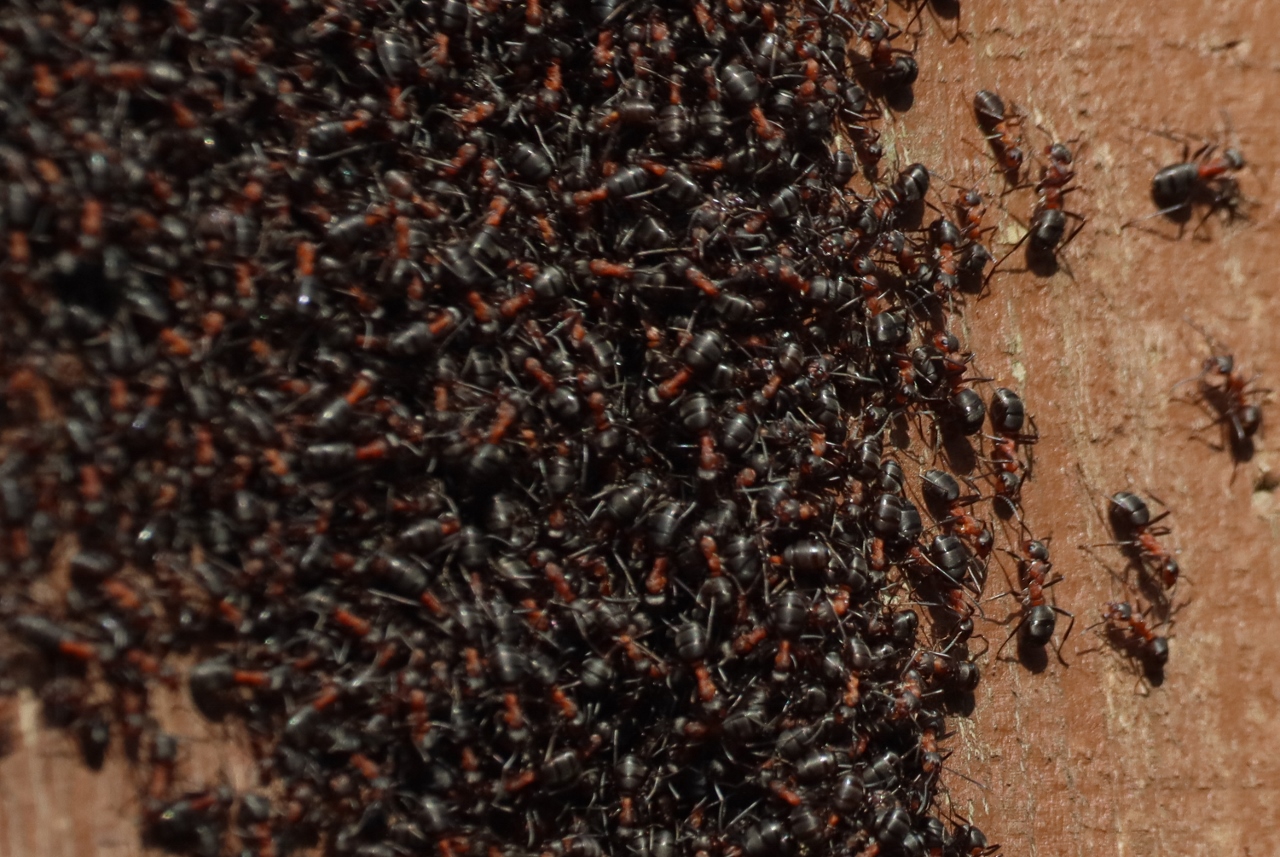

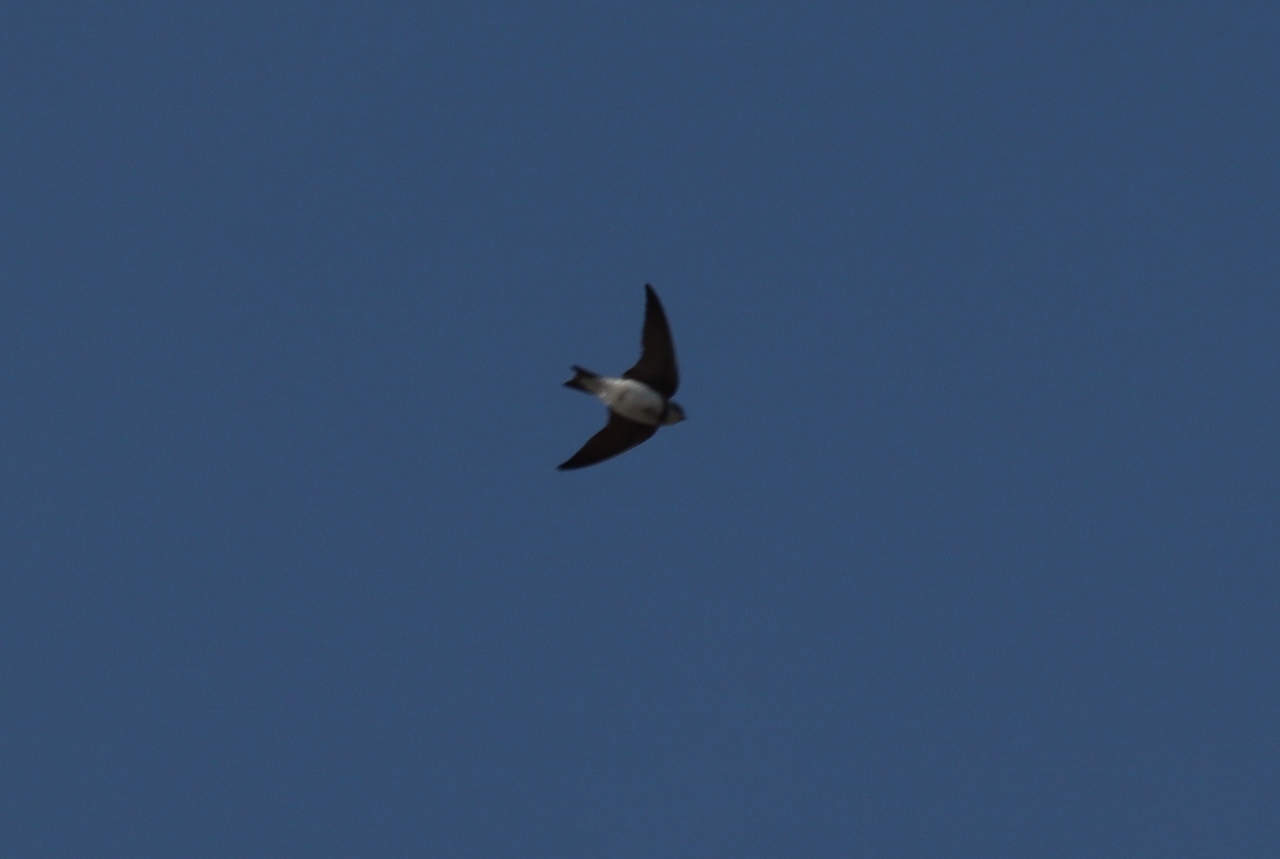




Geoff Stonehouse
March 27, 2020 at 2:38 pm
Excellent pictures and commentary. Very well done! Geoff.S.
Vicky Rimmer
March 28, 2020 at 9:37 am
What lovely photos, thank you.
Juliet Miller Hills
March 31, 2020 at 3:17 pm
Another gallery of delight from my home county.
In the Milwaukee area of the USA where I now live, in the village of St Francis (a good name for a nature lover’s town) a phoebe was on the lakeshore.
I followed a muskrat along the edge of the water for half an hour, then walked over to see the tracks before they were slapped with a small wave.
The local goldfinches (no red faces on the US birds) are in their bright lemon yellow livery, and the house finches are bright red.
No woodcock came this year to the small woodland behind my fence, but the resident silver grey garden rabbit is hoping to mate and stands upright to look for Mr Right.
Soon the juncos will go north and the spring warblers will trust it is OK to come here.
Forsythia along the lakeshore trail are ready to pop.
I’m reading Roger Tory Peterson’s essays in a collection titled “All Things Considered” and he mentions a trip with Peter Scott to Slimbridge from Fairoaks aerodrome, right behind my Horsell childhood home.
Thank you, and nature, for continuing to be reliable despite the political, viral and climate disasters we hear about. May you all stay safe.
Rob Bowbrick
November 30, 2020 at 4:53 pm
Good stuff Malc, you are talented as well as being a great postie.